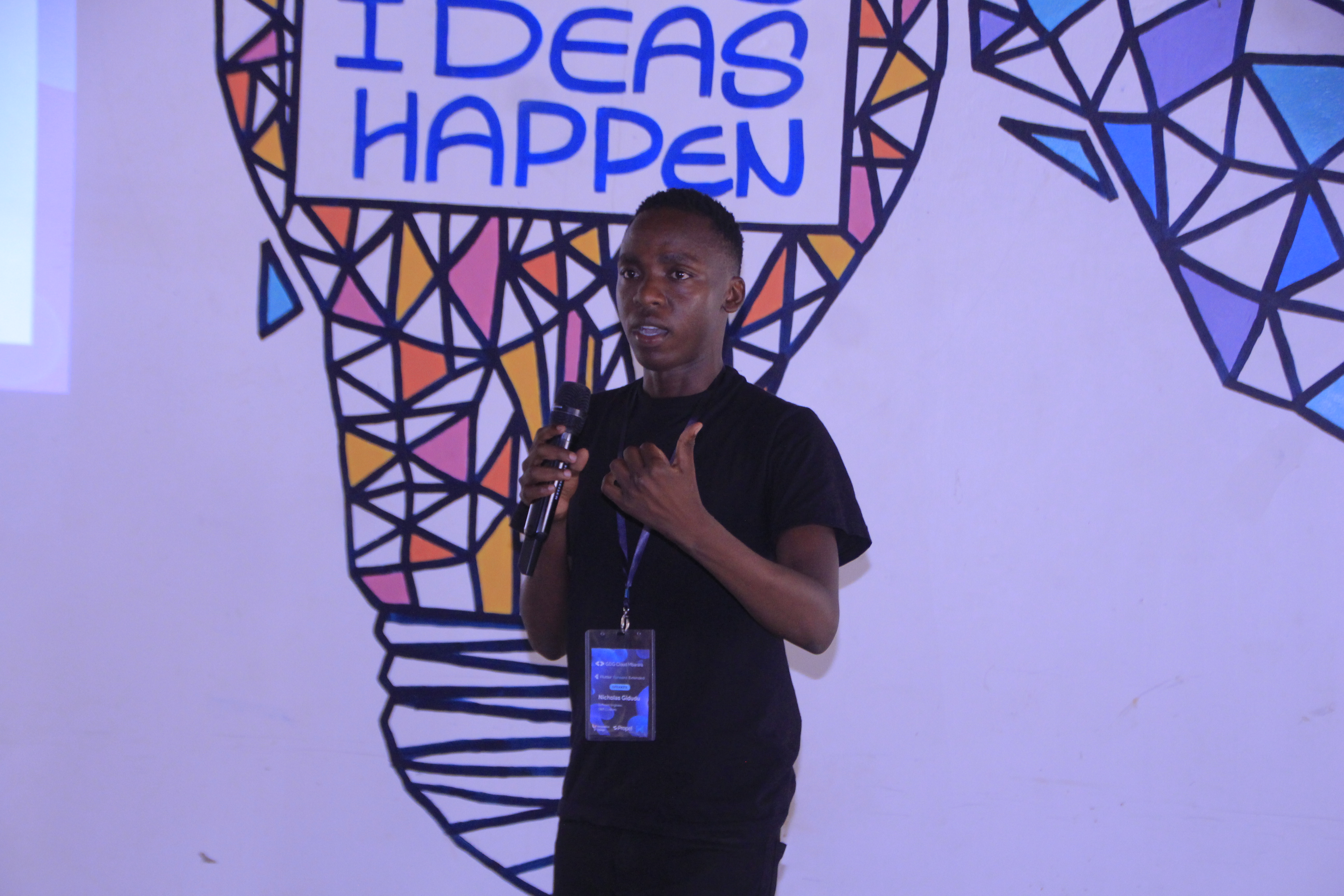Essential Tips for Effective Error Handling in Flutter Apps
 Gidudu Nicholas
Gidudu Nicholas
Picture this: You’ve just downloaded a new app, tapped a button, and—boom—white screen, cryptic message, or worse, a full crash. Odds are you’ll uninstall it before you even remember its name. As Flutter devs we can’t promise zero bugs, but we can promise our users won’t feel abandoned when things go sideways.
Below is a people-first walkthrough of error handling in Flutter (Dart 3.x, Flutter 4). Less jargon, more common sense.
1. First, let’s name the gremlins
| Where it breaks | Real-life example | How you catch it |
| Plain old Dart code | Dividing by zero, parsing bad JSON, forgetting that null exists | A simple try {…} catch |
| Flutter framework | A widget tries to paint infinite width | FlutterError.onError |
| Background stuff | Your isolate tries to read a file that isn’t there | runZonedGuarded or PlatformDispatcher.instance.onError |
Think of these as different rooms in a house. If you only lock the front door, burglars could still climb in through the basement. So let’s lock every entrance.
2. try / catch / finally—the everyday seatbelt
try {
final user = await api.getUser(id);
} on TimeoutException {
throw const NetworkFailure(message: 'The server is taking too long.');
} catch (e, st) {
debugPrint('Unexpected error: $e\n$st');
rethrow; // bubble it up so our global handler sees it
} finally {
loadingSpinner.hide();
}
Put the specific catches first (
TimeoutException) and the generic catch last.Keep the stack trace (
st). It’s your treasure map when debugging later.
3. Your safety net: one line that catches everything
Future<void> main() async {
WidgetsFlutterBinding.ensureInitialized();
FlutterError.onError = (details) {
FlutterError.presentError(details); // still prints in debug
report(details.exception, details.stack);
};
await runZonedGuarded(() async {
runApp(const MyApp());
}, (error, stack) => report(error, stack));
}
If something slips past your smaller try/catch blocks, it lands here—not on the user’s lap.
4. Show, don’t scare
Replace the red screen:
ErrorWidget.builder = (details) => Center( child: Column( mainAxisSize: MainAxisSize.min, children: [ const Icon(Icons.error_outline, size: 64), const Text('Oops! Something went wrong.'), TextButton( onPressed: () => _restartApp(), child: const Text('Try again'), ), ], ), );Prefer snackbars or banners for fix-able problems (“Lost connection—tap to retry”).
Cache last-known-good data so “offline” still shows something.
5. Speak human, not stack trace
Instead of throwing raw strings or mysterious Exception, make little story-objects:
class AuthFailure implements Exception {
const AuthFailure.invalidLogin();
const AuthFailure.expiredToken();
String get reason {
return switch (runtimeType) {
AuthFailureInvalidLogin => 'Email or password is incorrect.',
AuthFailureExpiredToken => 'Session expired. Please log in again.',
_ => 'Something went wrong. Try again.',
};
}
}
Now your UI can simply display failure.reason.
6. Results over roulette
Some teams skip exceptions entirely for expected failures and use a Result<T, E> (or Either) type:
final Result<User, AuthFailure> result = await repo.signIn(...);
switch (result) {
case Ok(value: final user):
showHome(user);
case Err(error: final failure):
showError(failure.reason);
}
It’s like handing someone two neatly-labeled boxes—“success” and “failure”—instead of a jack-in-the-box that might explode in their face.
7. Don’t keep secrets—log and report
Firebase Crashlytics or Sentry will grab what your global handler reports.
Add breadcrumbs before risky calls:
log('Fetching profile for $id').Push non-fatal errors too:
Crashlytics.instance.recordError(error, stack).
If an error happens in the forest and no one hears it… it will happen again.
8. Practice failing
Unit tests: expect a
NetworkFailurewhen you cut the internet.Widget tests: pump a widget with fake exceptions and confirm it shows your fallback UI.
Staging dry-run: call
Crashlytics.instance.crash()—only in debug builds—to be sure reporting works.
9. The short checklist
| ✔️ | Remember to… |
Wrap risky code in try/catch. | |
Install global guards (FlutterError, runZonedGuarded). | |
| Replace red screens with friendly ones. | |
Create readable error models or Result types. | |
| Send every error to your logger/crash reporter. | |
| Write tests that force the app to fail on purpose. |
Parting words
Bugs are inevitable; rage-quits are not. Handle errors the way you’d comfort a nervous passenger on a flight: acknowledge the bump, explain the plan, and land smoothly. Your users will stay buckled in for the journey—and maybe even leave a five-star review.
Happy shipping!
Subscribe to my newsletter
Read articles from Gidudu Nicholas directly inside your inbox. Subscribe to the newsletter, and don't miss out.
Written by

Gidudu Nicholas
Gidudu Nicholas
Hello, I am a senior Flutter developer with vast experience in crafting mobile applications. I am a seasoned community organizer with vast experience in launching and building Google Developer communities under GDG Bugiri Uganda and Flutter Kampala.